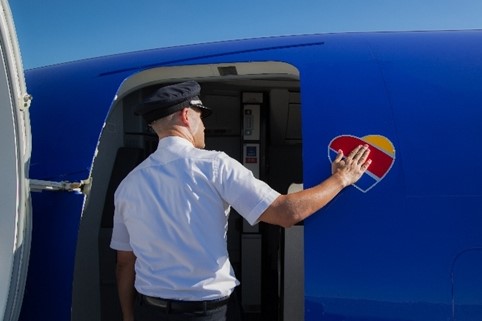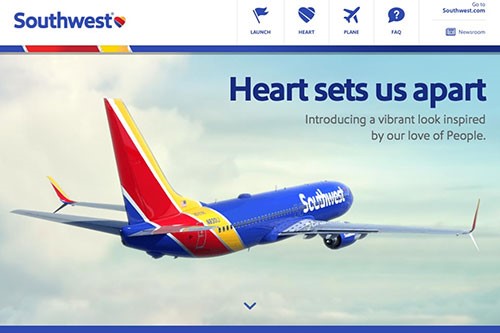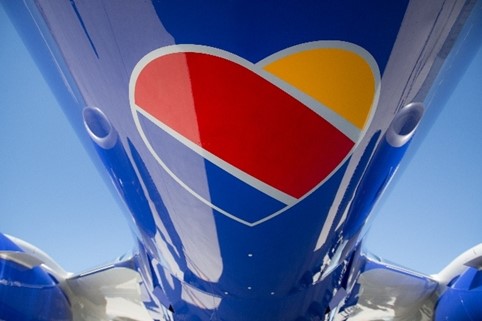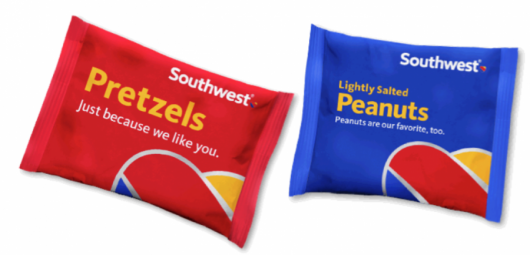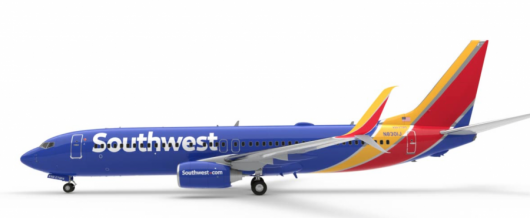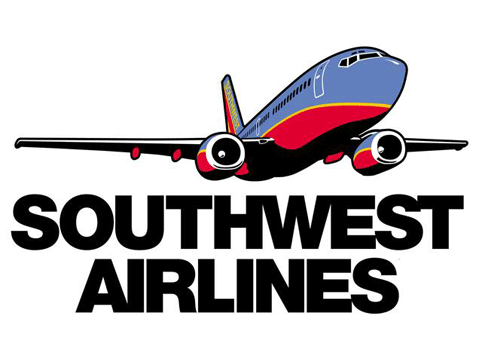The heart of the matter in Southwest Airlines rebrand
The past few years have not been kind to the international airline market. Rising prices and the recession had seen reduced passenger numbers while low-cost liners sprung up like daisies. Since the economy has begun to rebound, it seems as though the sector is reinventing itself. That has led to a slew of rebrands of national, regional and international airlines.
The rebrands have been prompted by mergers, changes in strategy and other factors, but most have reflected a similar desire: the need to talk to stakeholders in a different way. The most recent in the long line of airline rebrands is America’s popular low-cost option, Southwest Airlines.
The new livery was debuted at an employee event last week and was designed, so Southwest says, to reflect that its 46,000 employees are the strength of the company. “Our collective heartbeat is stronger and healthier than ever, and that’s because of the warmth, the compassion, and the smiles of our people,” Gary Kelly, Southwest Airlines chairman, president, and CEO, says. “The heart emblazoned on our aircraft, and within our new look, symbolizes our commitment that we’ll remain true to our core values as we set our sights on the future.”
“Remaining current and relevant is critical to the sustainability and future growth of our brand.”
Interestingly, the rebrand was not carried out to change the personality of the business, says CMO Kevin Krone, but to reinforce the much-beloved aspects of the airline among employees and customers.
Krone adds, “This industry does struggle with standing out in general. We’ve always had a strong brand and we’ve had so much to work with, but we wanted make sure we protect the brand and treat it in the right way going forward.”
The rebrand extends to all in-airport wayfinding and signage – featuring an easy-to-understand colour-coded system – digital assets, employee uniforms and rewards cards. The 43-year-old company says “Remaining current and relevant is critical to the sustainability and future growth of our brand.”
The airline itself is changing in terms of its service and operations, it will complete the impending merger with AirTran later this year and will no longer see its domestic destinations restricted by federal law as the Wright Amendment has been repealed – a law that limited those who could fly to certain airfields in Texas. The focus on service is one that will be put to the test during this period of change, particularly as AirTran’s reputation for service was not on par with the cult-like nature of Southwest’s loyal customers.

